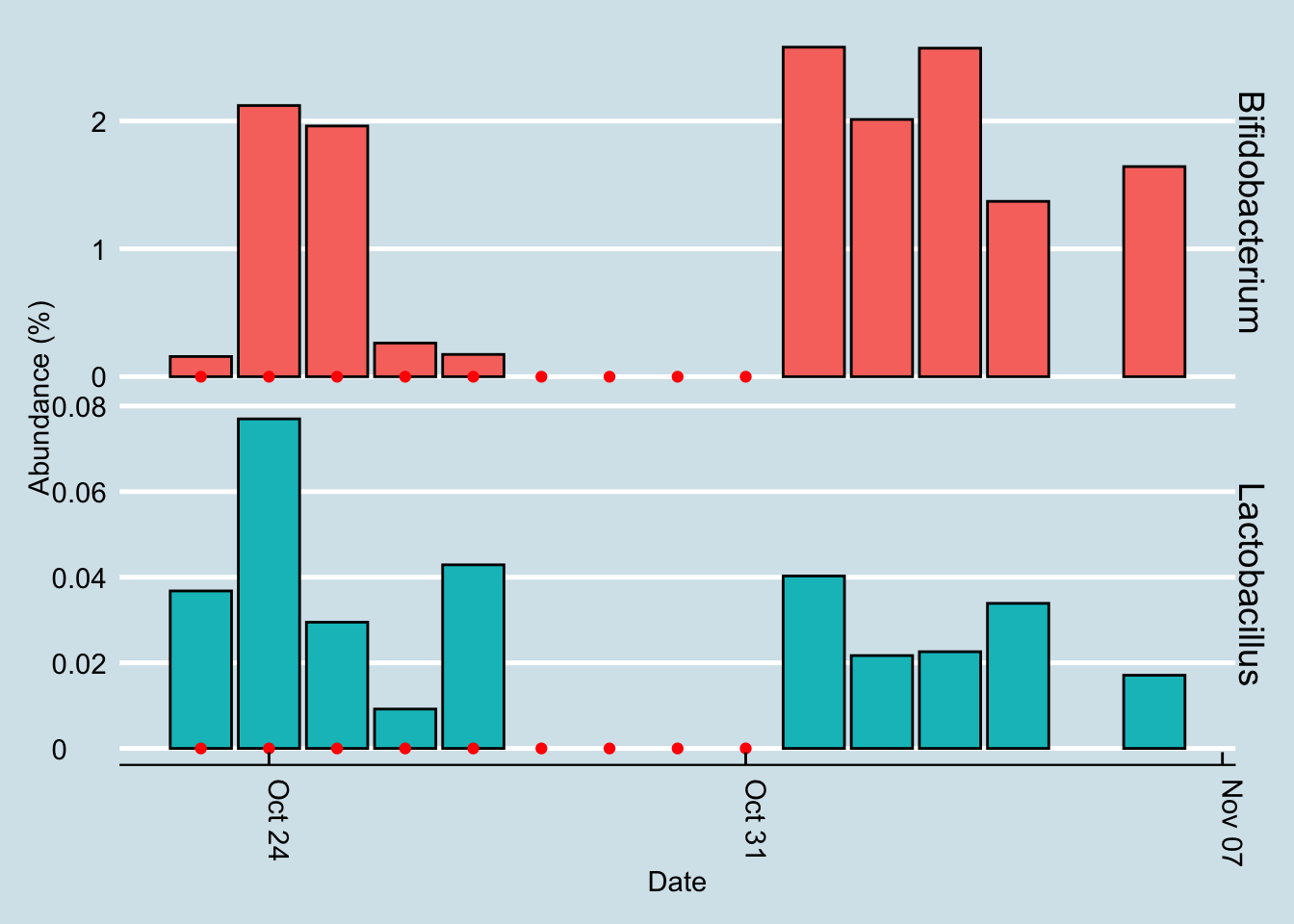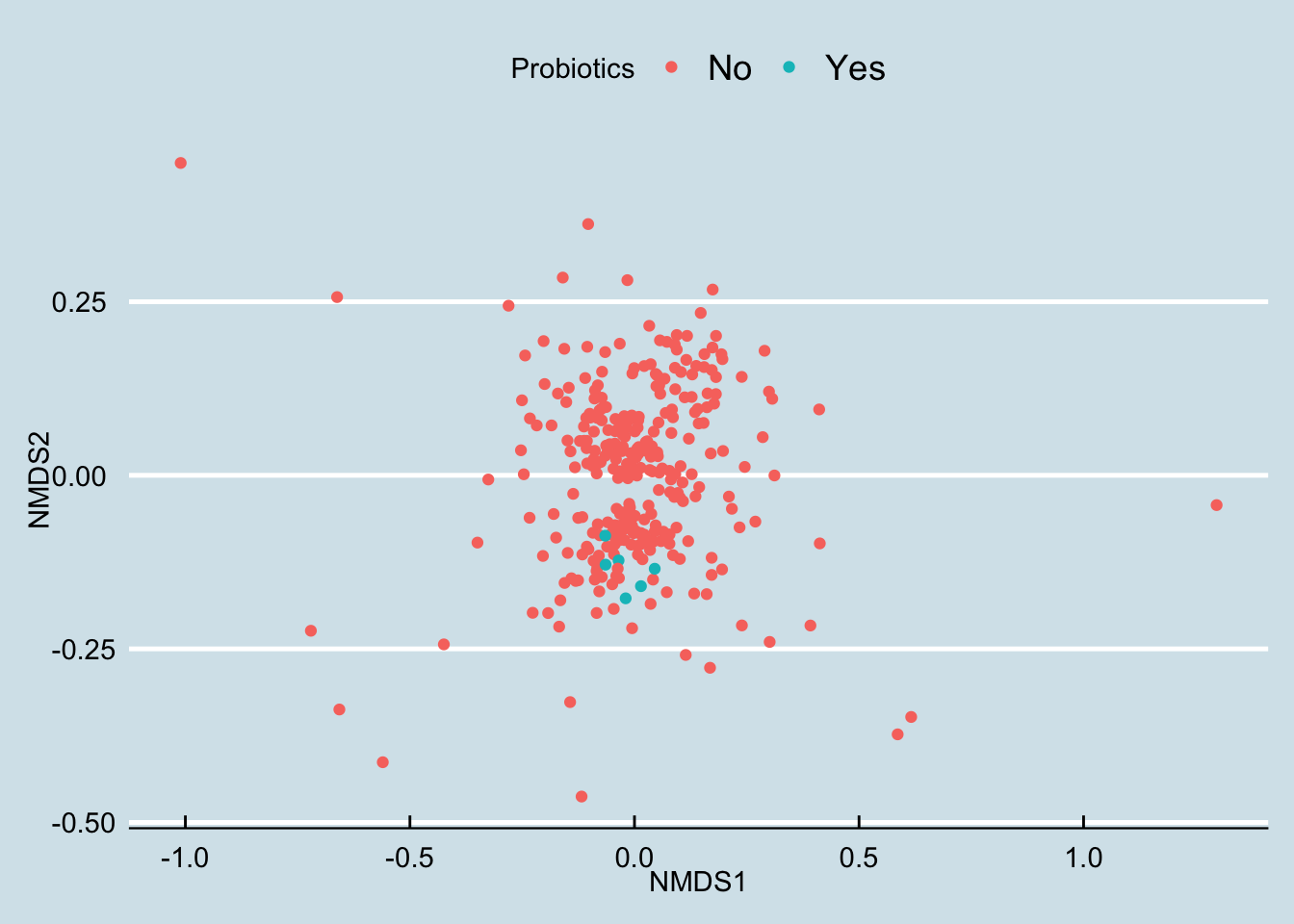Do Probiotics Really Work For Me?
Do Probiotics Do Anything?
The probiotics market, all sales of “good” bacteria in food and pills, is a $34 billion business, of which at least $6 billion is supplements, according to a May 2016 report by BCC Research. With unregulated health claims that range from the benign (“helps digestion”) to the fantastic (“A miracle cure!”), how do you tell if they work?
To find out, I tested my gut microbiome every day before, during, and after taking a powerful probiotic pill. We all know people who swear that their probiotic supplements make them feel better, but how much of that is true and how much is the placebo effect? There’s some value even as a placebo – if you feel better, it helps, right? – but by directly measuring the microbiome, I want to tell whether these pills actually change the gut in some measurable way.
Among unhealthy people, there is evidence that, under a doctor’s care, probiotics can help with antibiotic-associated diarrhea and similar conditions in children or among people recovering from C. difficile infections.
On the other hand, a recent scientific review of all well-done studies of probiotics among healthy people couldn’t find evidence that probiotics made much difference compared to a placebo in randomized controlled trials. When the data-heavy web site FiveThirtyEight did a week-long series on Gut Science, including a detailed survey of what’s known about probiotics, they concluded: “There’s no evidence in humans, however, to support taking probiotics just to generally improve your gut health.”
A literature review by the US Agency for Healthcare Research and Quality found no safety issues in healthy adults, but there is suprisingly little research to show that the pills actually do anything. The independent lab Labdoor tests most common brands to see which actually contain the organisms claimed on the label, but I couldn’t find anyone who tests whether the body can absorb them or not.
I’m especially interested in learning whether the probiotics in the supplements actually “stick” in my gut. Taking so many billion organisms in pill form all at once may very well show up in a single gut test result, but how do I know they’re not simply being flushed out of my system? Or worse, how do I know I’m not just crowding out something more important?
To find out, I tracked my microbiome daily while taking a high quality probiotic supplement, one that I received directly from the manufacturer. To be a fair test, one worth publicizing the brand name for better or worse, I’d want to try it out on multiple people, at multiple times. Because I didn’t do that this time, I won’t name the product other than to say that it’s from a “good” brand and well-recommended.
I took the supplement once per day for nine days. I would have continued for an even ten, but I was starting to feel uncomfortably bloated those last few days. While that’s an encouraging sign that the pill is working, I didn’t want to do anything to seriously mess up my gut. I’m doing this experiment for fun, and it won’t be fun if I get sick as a result.
Let’s look for at the overall abundances for the two main microbes that were in the supplements: Bifidobacterium and Lactobacillus.

The red dots represents days when I took a gut sample after consuming the probiotic. Ignore the days with zero abundance: those are samples where the lab was unable to find enough DNA to process correctly. [In technical speak, this chart shows only those with more than 10,000 reads].
Even with that caveat, it’s hard to see clear-cut evidence that the pill had a significant effect. Yes, I have slightly more of those two taxa by the end of the experiment, but seriously, not that much more.
Let’s look at a longer time horizon:

Hmmmm, it seems the levels of those particular genera did increase a tiny bit at the end of the experiment, but there are plenty of other times on the chart where I see spikes too. In fact, the biggest increase happened in September when I was living it up in New Orleans, eating red beans and rice – and no probiotic pills.
Maybe my view of the microbe ecology, hoping to see results in only one or two genera, is too simplistic. We know that the gut is an ecosystem. If you add lots of one type of organism, maybe that affects the abundances and ratios of other microbes, all of whom are in constant competition with one another. Is there a way to tell overall how the microbes are changing?
Let’s apply an ordination analysis. Essentially this means we look at all the samples together and work out how different they are from one another, based on some “distance metric” that compares the abundances of specific microbes. If the abundances of two samples are roughly the same, or if they tend to rise and fall together, then we plot them next to each other, and vice versa if they are not well-correlated. There is a mathematical way to do this where we combine all these different correlations over and over and pick just the two that seem to matter the absolute most, which we’ll plot on a two-dimensional graph. Using this technique, samples that have some characteristic in common will cluster together in obvious clumps separate from others. What do we see?

Hmm… that looks pretty random to me. No clustering, no obvious associations between the probiotic-taking days and the rest. I think I conclude that this probiotic did nothing for me, at least nothing that’s measurable on a 16S rRNA sequencing test.
But what about other people? Since doing this experiment, several other people have sent me privately their own probiotic-taking experience. I’ll write that up in a future post, and meanwhile if you have done a similar test, please let me know how it worked for you.